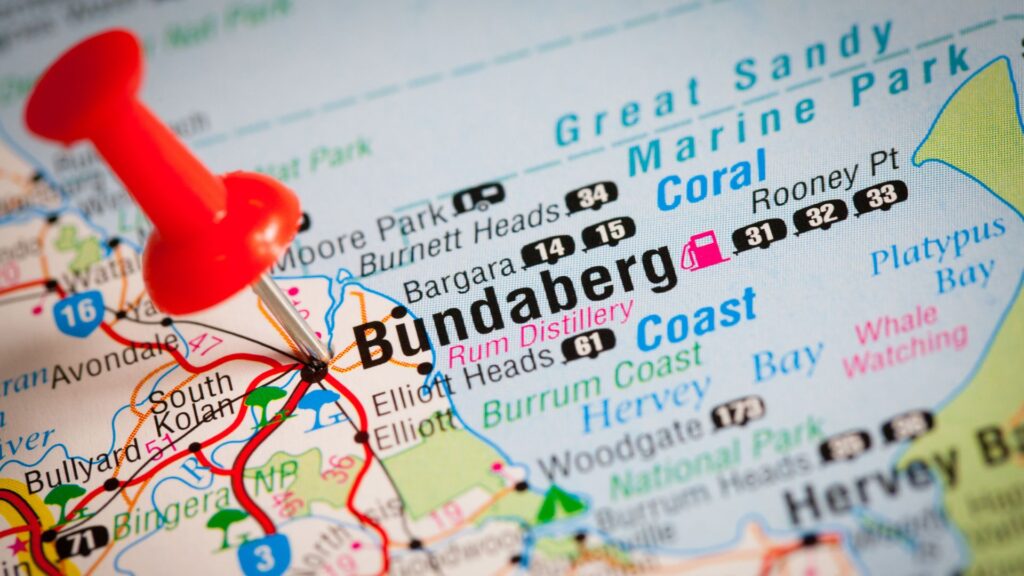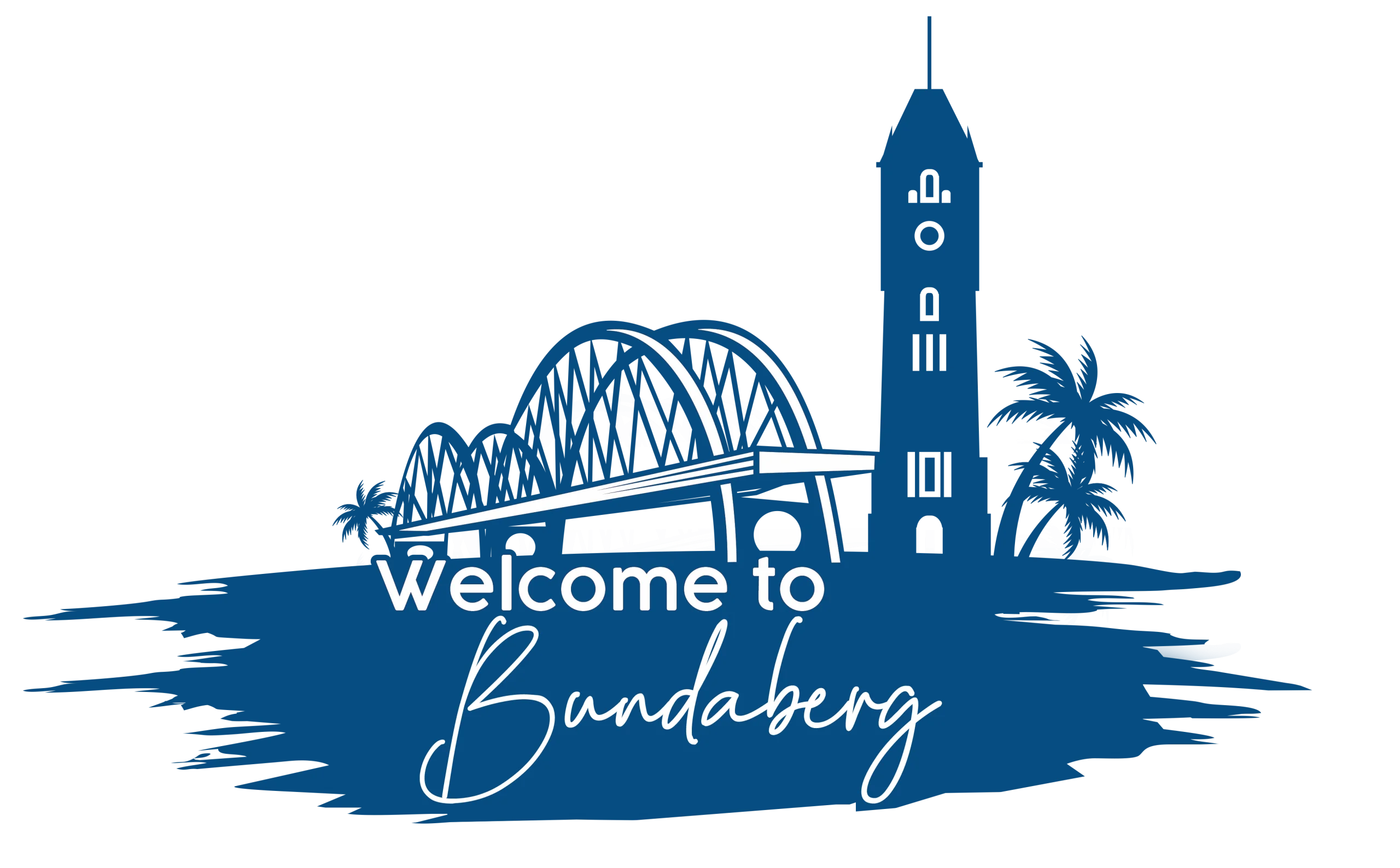
At Welcome to Bundaberg, we’re proud to work with passionate community leaders like Corrie McColl, Centre Manager of the Bundaberg Neighbourhood Centre, who is making a significant impact in addressing critical community challenges. In our recent podcast episode, Corrie shared insights into his role, the Centre’s mission, and an innovative project aimed at reducing waiting lists for allied health services in Bundaberg.
Building Community Connections
The Bundaberg Neighbourhood Centre has been a cornerstone of community support, connecting over 13,000 people to vital services in the past year. With a network of 377 individuals and 177 organisations, the Centre maintains an extensive database of service providers, referral pathways, and waiting times.
Corrie emphasised the importance of strong relationships, attending forums, and staying informed about the services available in Bundaberg. This foundation of connectivity enables the Centre to effectively guide individuals to the help they need.
Addressing Long Waitlists
One of the biggest challenges facing the Bundaberg community is access to allied health services, with many residents enduring long waiting times. Corrie explained that while demand continues to grow, resources remain limited due to funding and workforce shortages.
To tackle this issue, the Bundaberg Neighbourhood Centre is driving the Community-Centred Solutions Project, which aims to:
• Understand the extent of waitlist challenges.
• Strengthen relationships among service providers.
• Explore collaborative approaches to reduce delays and improve access to care.
Challenges in Attracting Specialists
Corrie shared a personal example of the difficulty in attracting specialised professionals, highlighting the Centre’s three-year effort to recruit a speech pathologist. Despite offering competitive salaries, long-term contracts, and professional development opportunities, they received no applications.
This recruitment challenge is shared by many organisations in Bundaberg, particularly when it comes to attracting physiotherapists, occupational therapists, psychologists, and speech pathologists. Corrie noted the importance of not just attracting talent to the region but also creating an environment that encourages them to stay.
Collaboration Is Key
To address these challenges, the Centre partnered with Wide Bay Kids. Corrie highlighted why this collaboration has been so effective, pointing to Wide Bay Kids’ strong community engagement, project management expertise, and shared vision for a more connected Bundaberg.
Collaboration is at the heart of the solution. By fostering trust among organisations and breaking down silos, the project aims to create a win-win situation where service providers work together to meet community needs more effectively.
A Vision for the Future
Corrie’s vision for Bundaberg includes creating community hubs where like-minded services can co-locate, reducing administrative costs and improving accessibility for residents. This model, inspired by successful initiatives like Tasmania’s Community and Family Hubs, emphasises community co-design to ensure local buy-in and acceptance.
As Bundaberg continues to grow, the development of these hubs could make a significant difference, especially with the upcoming new hospital build. Corrie envisions a future where residents can access a range of services in a single, convenient location.
Making It Happen
Corrie closed the conversation with a powerful message: “There are people who wish things would happen, those who watch what happens, and those who make it happen. We want to make it happen.”
At Welcome to Bundaberg, we share this determination and are committed to supporting initiatives that improve health, well-being, and access to essential services in our community.
